Table of Contents
- Introduction to Paprika and Its Role in Cooking
- Why You Might Need a Spice Substitute for Paprika
- Top 5 Best Spice Substitutes for Paprika
- Buying Guide: Choosing the Right Substitute for Your Needs
- Cooking Tips: Using Spices Like a Pro
- Frequently Asked Questions About Paprika Substitutes
- Conclusion: Find Your Perfect Paprika Alternative
Paprika Substitute Guide: Top 5 Alternatives for Any Recipe
If you're out of paprika, the best substitutes include cayenne pepper for heat, smoked paprika for smokiness, chili powder for Mexican dishes, sweet paprika for mildness, and annatto seeds for color. Each option has unique characteristics to match your recipe's needs.
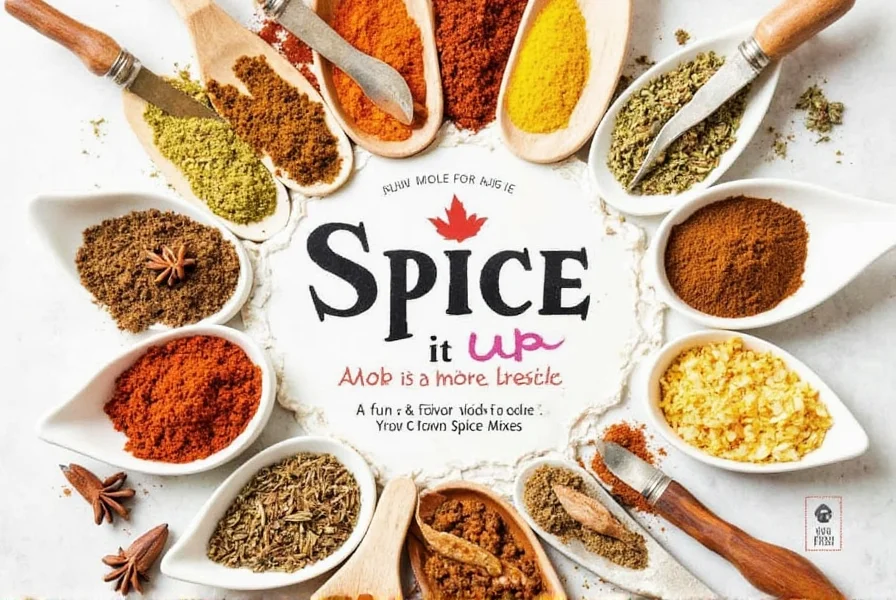
Paprika is a versatile spice that adds warm, slightly sweet, and smoky flavor to dishes like stews, roasted vegetables, and grilled meats. When you run out, these five substitutes provide quick solutions while maintaining flavor and color integrity.
Why You Might Need a Spice Substitute for Paprika
Common reasons for needing paprika substitutes include:
- Running out of paprika during cooking
- Dietary restrictions (vegan, keto, low-sodium)
- Allergies to specific pepper varieties
- Experimenting with new flavor profiles
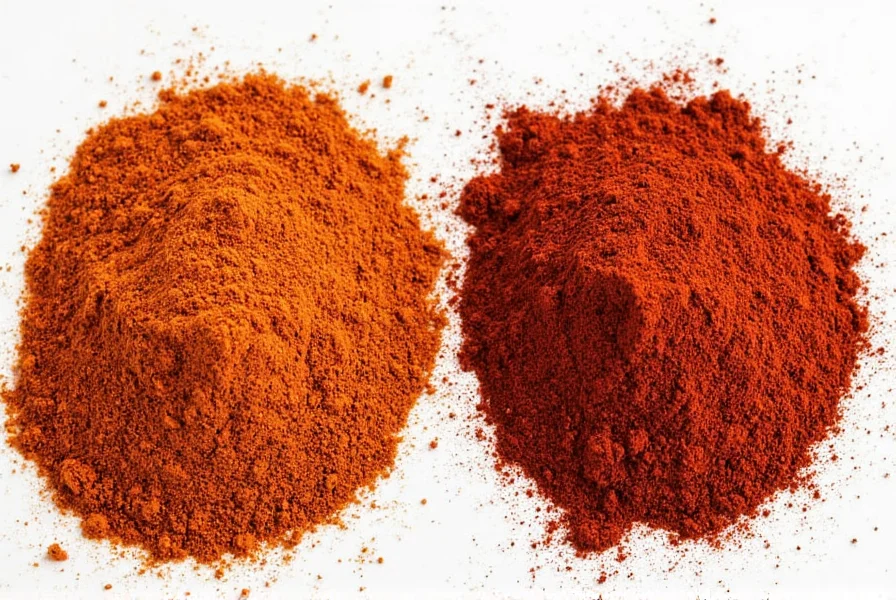
Top 5 Best Spice Substitutes for Paprika
1. Cayenne Pepper
Use cayenne for heat-focused dishes like salsas or spicy sauces. It provides similar red color but is significantly hotter—use 1/8 to 1/4 teaspoon per teaspoon of paprika.
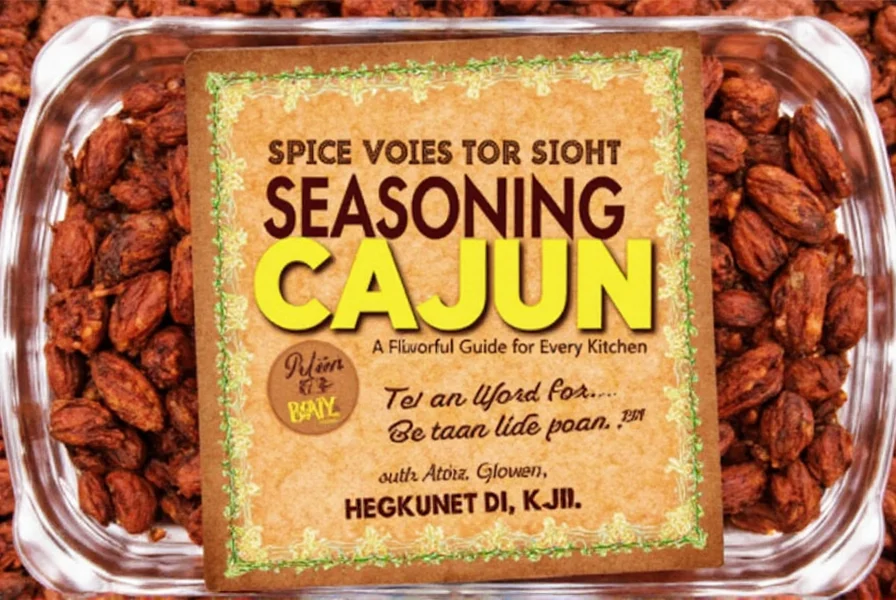
2. Smoked Paprika
The closest direct substitute with identical color and smoky depth. Use 1:1 ratio for grilled meats, stews, and Spanish dishes like chorizo.
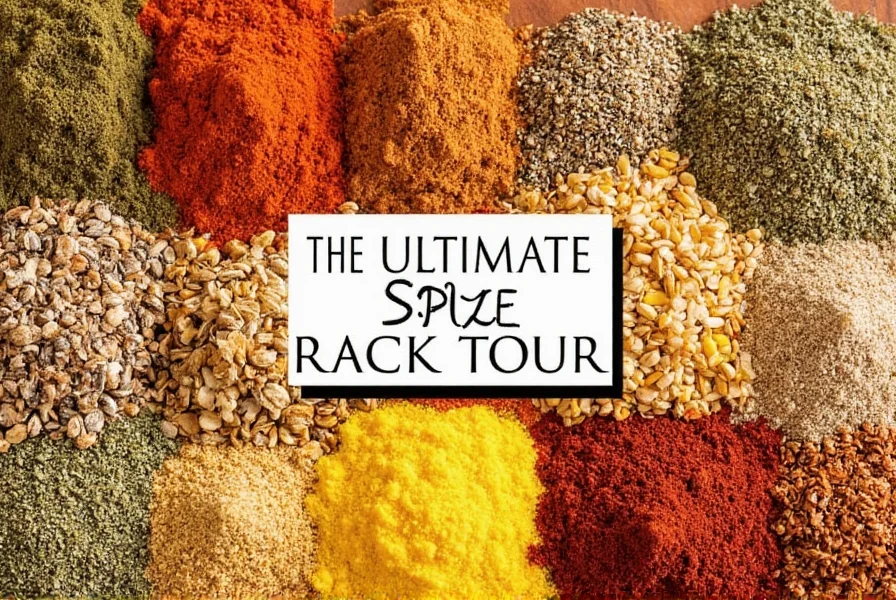
3. Chili Powder
Best for Mexican-inspired recipes. Contains paprika plus cumin and garlic, so use 3/4 teaspoon per teaspoon of paprika to avoid overpowering flavors.
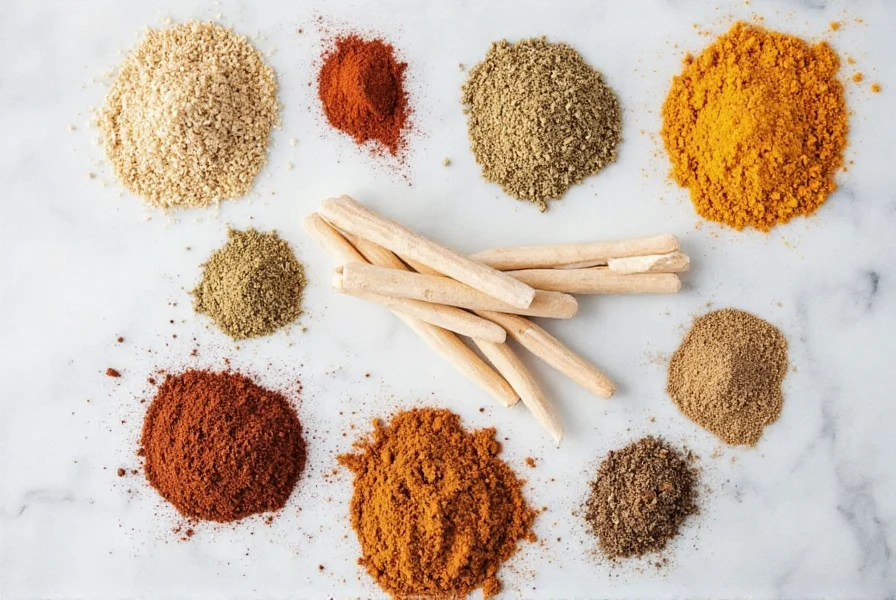
4. Sweet Paprika
Perfect for mild dishes like roasted vegetables or soups. Offers similar sweetness without heat. Use 1:1 ratio for most recipes.

5. Annatto Seeds
Ideal for color-focused dishes like rice or mole sauces. Infuse in oil for 5 minutes before using. Use 1/2 teaspoon infused oil per teaspoon of paprika.
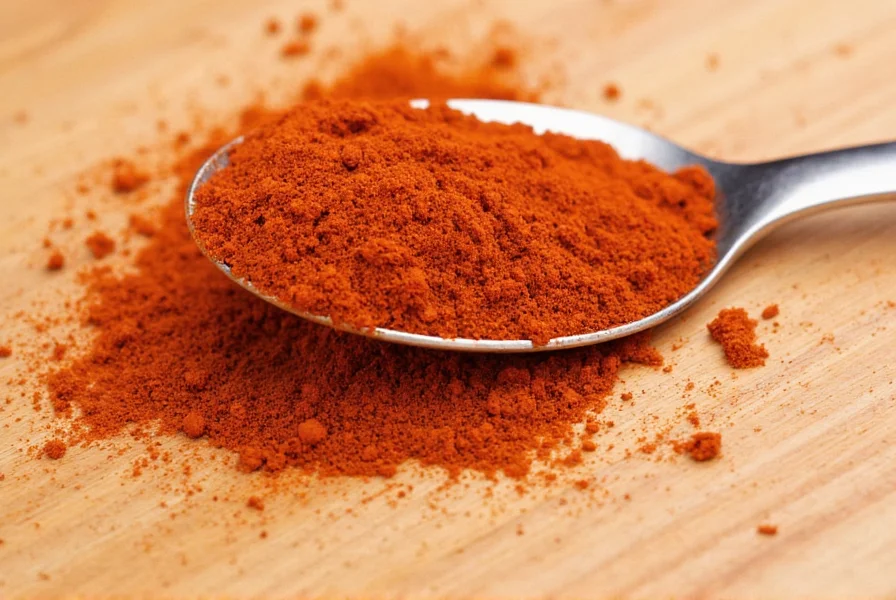
| Substitute | Flavor | Heat Level | Color | Best Use |
|---|---|---|---|---|
| Cayenne Pepper | Spicy | High | Red | Hot dishes, salsas |
| Smoked Paprika | Smoky | Moderate | Deep Red | Grilled meats, stews |
| Chili Powder | Earthy, Spicy | Moderate | Red | Mexican dishes, chili |
| Sweet Paprika | Warm, Sweet | Mild | Red | Roasted vegetables, soups |
| Annatto Seeds | Nutty, Mild | Mild | Orange-Red | Traditional sauces, rice dishes |
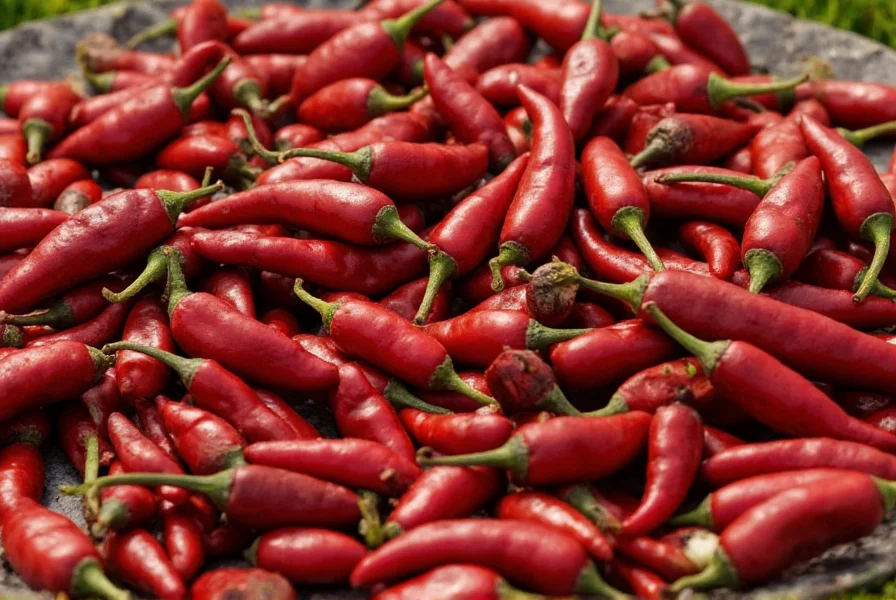
Buying Guide: Choosing the Right Substitute for Your Needs
Consider these factors when selecting a substitute:
- Flavor Profile: Smoked paprika for authentic smokiness; chili powder for complex earthiness
- Heat Level: Cayenne for heat; sweet paprika or annatto for mildness
- Color Contribution: Annatto seeds provide strongest orange-red hue; cayenne and smoked paprika offer vibrant red
- Availability: Chili powder and sweet paprika are widely available; smoked paprika may require specialty stores
- Price: Cayenne and chili powder are most affordable; smoked paprika typically costs 20-30% more
Cooking Tips: Using Spices Like a Pro
- Start Small: Add 1/4 of the recommended substitute amount, then adjust to taste
- Combine for Complexity: Mix cayenne with garlic powder for balanced heat
- Infuse Oils: For annatto seeds, heat in oil for 5 minutes before adding to dishes
- Check Labels: "Sweet" paprika is milder than "hot" varieties—always verify heat level
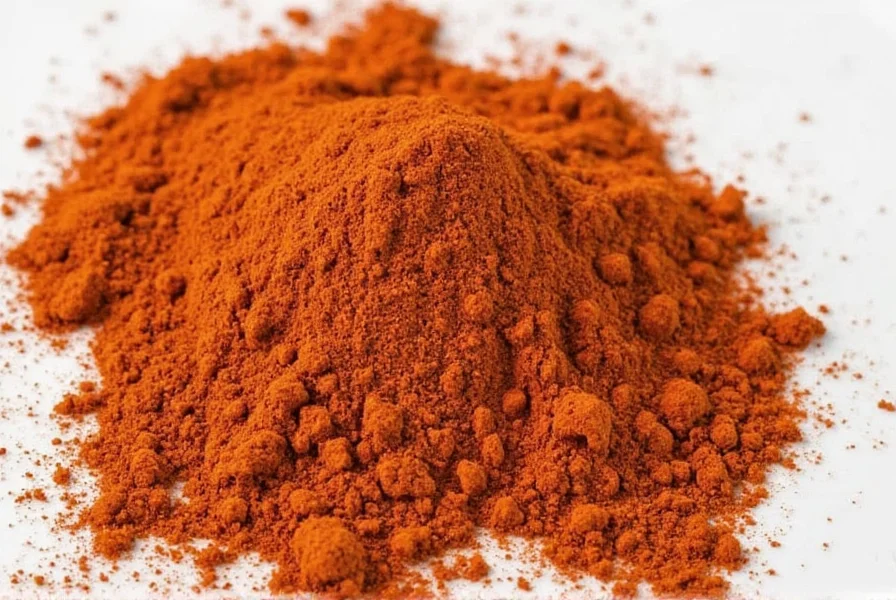
Frequently Asked Questions About Paprika Substitutes
What's the closest substitute for paprika if I don't have any?
Smoked paprika is the closest match for flavor and color. If unavailable, sweet paprika works best for mild dishes, while chili powder suits Mexican recipes. Always start with 75% of the original amount and adjust.
Can I substitute paprika with chili powder?
Yes, but use 3/4 teaspoon chili powder for every 1 teaspoon paprika. Chili powder contains additional spices like cumin and garlic, which will alter the flavor profile. Avoid using it in delicate dishes like Hungarian goulash.
What gives paprika its distinctive red color?
Paprika's red color comes from capsanthin, a natural carotenoid pigment. Annatto seeds (bixin) provide similar coloring but with nuttier flavor. For color-only substitution, use annatto-infused oil.
Can I make my own paprika substitute at home?
Yes. For sweet paprika substitute: 1 tsp sweet paprika (if available) + 1/4 tsp garlic powder. For smoky version: add 1/8 tsp liquid smoke. For heat: mix 1/2 tsp cayenne + 1/2 tsp sweet paprika.
Is smoked paprika the same as regular paprika?
No. Regular paprika is made from dried sweet peppers; smoked paprika is smoked before grinding. Smoked paprika adds deep, woodsy flavor while regular paprika is sweeter and milder. They're not fully interchangeable—use smoked only when smokiness is desired.
How much substitute should I use when replacing paprika in a recipe?
Use these ratios: Smoked paprika (1:1), Sweet paprika (1:1), Chili powder (3/4:1), Cayenne (1/8-1/4:1), Annatto seeds (1/2 tsp infused oil:1 tsp paprika). Always taste and adjust after initial addition.
Conclusion: Find Your Perfect Paprika Alternative
Whether you need heat, smokiness, or color, these five substitutes cover all cooking scenarios. Remember to consider your recipe's flavor profile and adjust quantities carefully. With this guide, you'll never be without a paprika solution again.


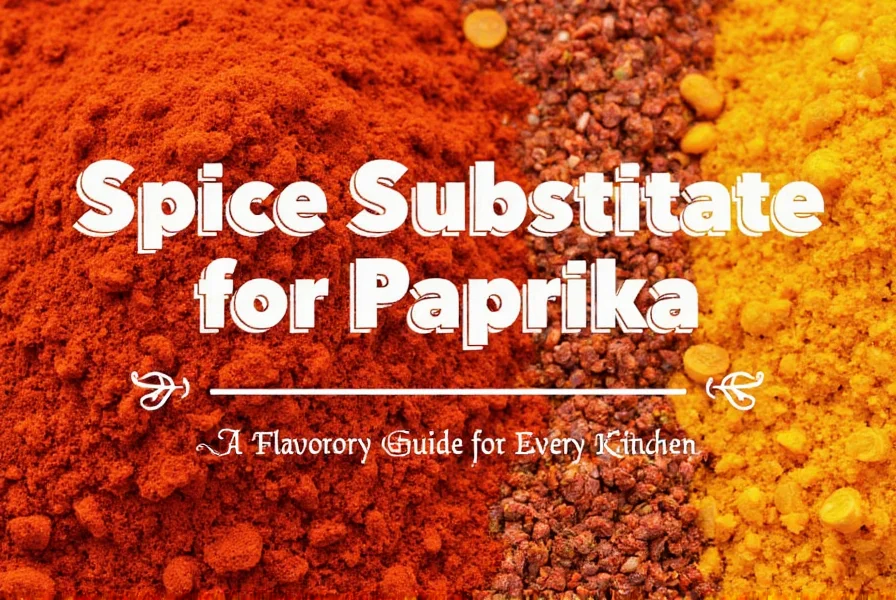









 浙公网安备
33010002000092号
浙公网安备
33010002000092号 浙B2-20120091-4
浙B2-20120091-4